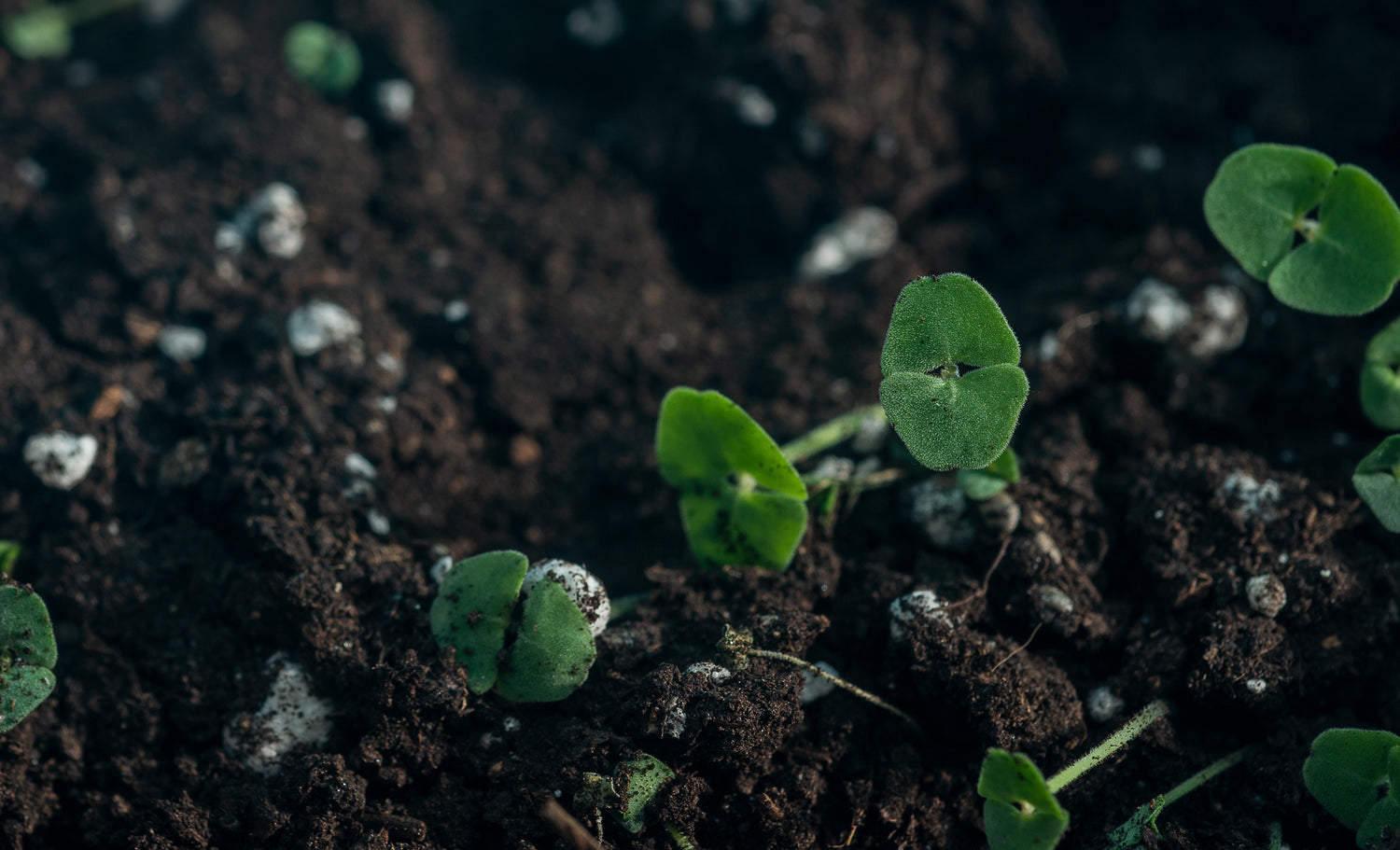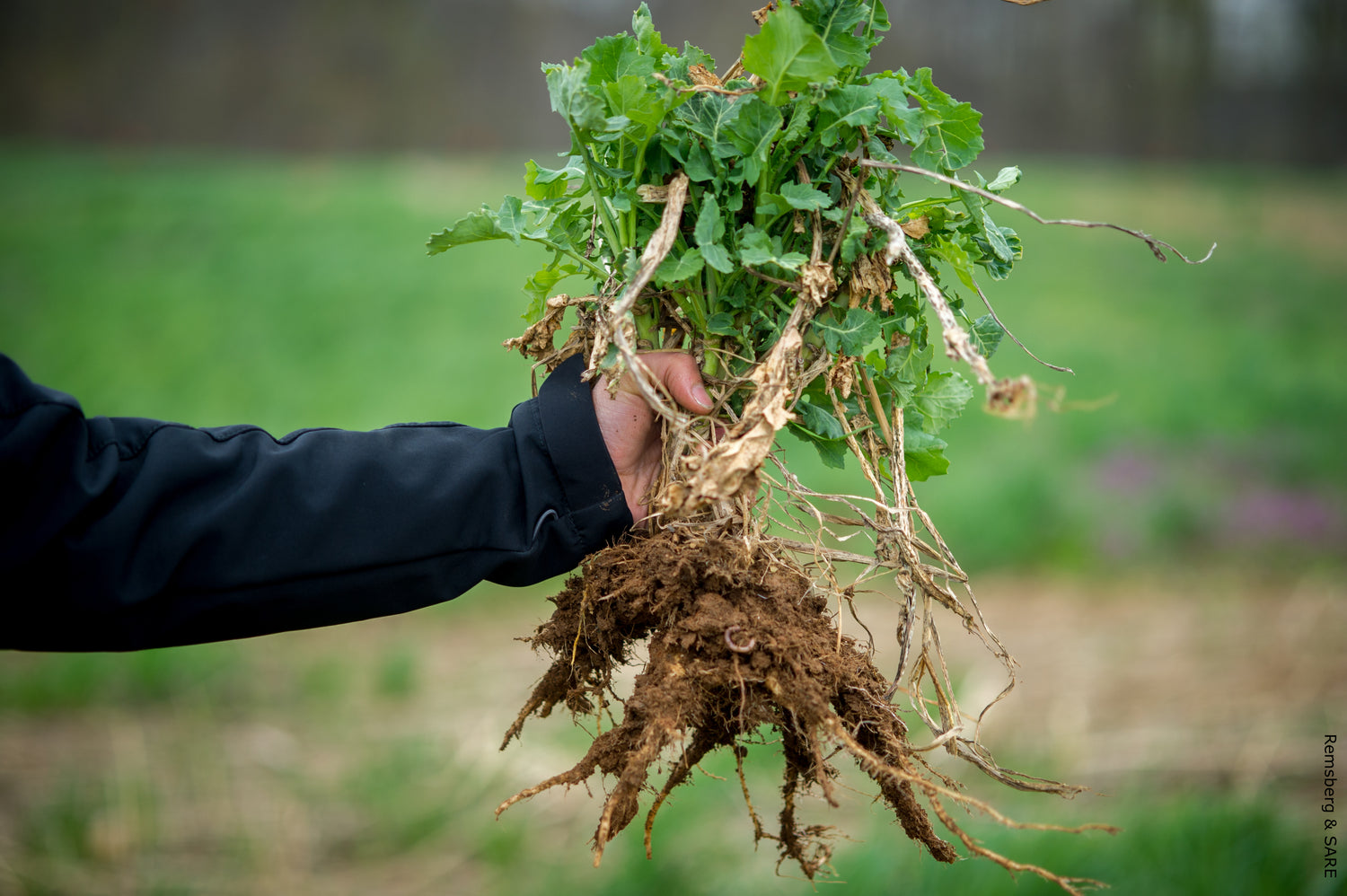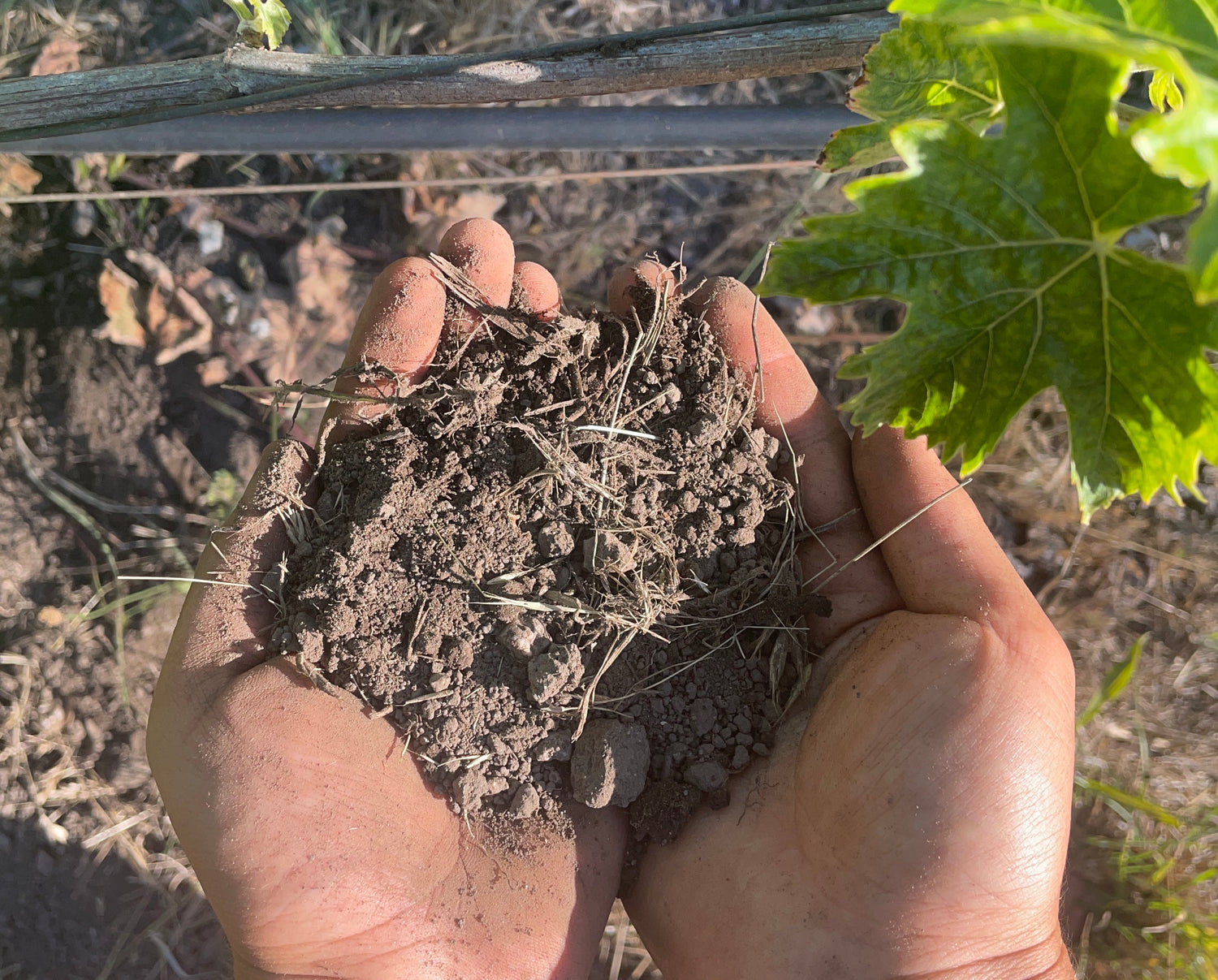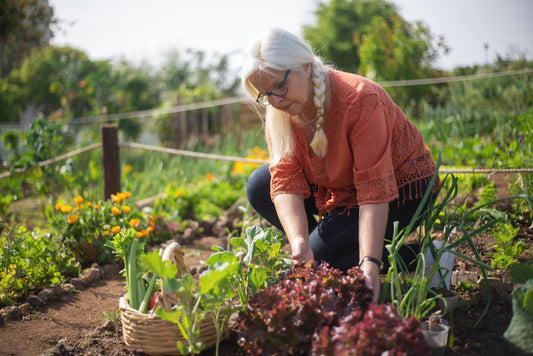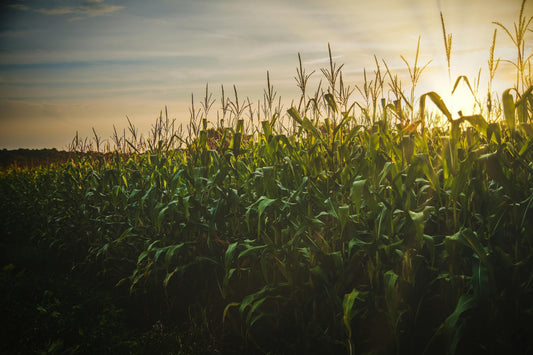Aspen, Colorado's dramatic elevation changes from valley floors at 7,940 feet to peaks exceeding 14,000 feet create distinct soil zones that support diverse mountain ecosystems from fertile valley agriculture to alpine tundra communities.
Complete Guide to Aspen Colorado Soil Types: Mountain Ecosystem Analysis 2025
Aspen, Colorado features six primary soil types shaped by elevation and climate: Histosols in wetlands, fertile Alfisols in valley floors, developing Inceptisols on slopes, dynamic Entisols in disturbed areas, volcanic-derived Andisols, and permafrost-affected Gelisols at high elevations.
Nestled within the breathtaking landscapes of the Rocky Mountains, Aspen, Colorado, captivates visitors with its stunning vistas, pristine wilderness, and vibrant ecosystems. While Aspen is renowned for its majestic peaks and flourishing forests, beneath its surface lies a world of diverse soils, each playing a crucial role in shaping the region's ecology and supporting its rich biodiversity.
From the nutrient-rich loams of river valleys to the rocky terrains of high-altitude slopes, Aspen's soil types offer a fascinating glimpse into the geological history and ecological complexity of this remarkable mountainous region. In this comprehensive guide, we delve into the various soil types found in Aspen, exploring their characteristics, distribution, and ecological significance.
Geological and Climatic Foundation
Aspen's soil diversity reflects the complex interplay of elevation, climate, and geological processes characteristic of the Colorado Rocky Mountains. The USDA Natural Resources Conservation Service plays a pivotal role in classifying and mapping soils as part of the National Cooperative Soil Survey, providing essential data for understanding this mountain region's soil patterns.
Colorado's mountainous terrain creates complex soil patterns depending upon the combination of soil forming factors effective in specific localities, with great variability in elevation, climate, and vegetation combining with many types of parent material to provide a broad spectrum of soils.
Major Soil Orders in Aspen's Mountain Environment
Histosols: Wetland Carbon Reservoirs
Aspen's wetlands and riparian areas are characterized by the presence of Histosols, organic soils formed from the accumulation of plant material in waterlogged conditions. These peatlands play a vital role in water filtration, flood mitigation, and carbon sequestration. In areas such as the Maroon Bells-Snowmass Wilderness, the presence of Histosols supports diverse plant communities, including sedges, rushes, and willows, while providing critical habitat for wildlife such as moose and beavers.
According to soil research, alpine soils with permafrost occupy 3.6 million km² globally and contain an estimated 66.3 Pg of soil organic carbon, representing 4.5% of the global pool, highlighting the critical importance of these carbon-storing wetland soils.
Alfisols: Productive Valley Floor Soils
Valley floors and lower elevations in Aspen are often dominated by Alfisols, characterized by their rich fertility and deep profile development. Derived from weathered parent materials such as granite and gneiss, these soils support the region's agricultural activities and diverse vegetation, ranging from cottonwoods and aspen groves to sagebrush and wildflowers.
The Front Range soil patterns reflect a bioclimatic transect with soils showing A/E/Bw or Bt/C profiles in forested areas, with corresponding soil pH values decreasing from 8 to less than 5 with increasing elevation.
Inceptisols: Developing Mountain Slope Soils
In the rugged terrain of Aspen's mountain slopes, Inceptisols are prevalent, representing soils in the early stages of development. These soils often exhibit minimal horizon development and are characterized by their rocky, shallow nature. Despite their limited fertility, Inceptisols support hardy vegetation adapted to high-altitude environments, including coniferous forests dominated by spruce, fir, and pine species.
Inceptisols constitute the dominant order of mountain soils, with Dystrocryepts supporting alpine grasslands being common on acidic parent materials, and Humicryepts representing a dominant soil great group in alpine areas worldwide.
Entisols: Pioneer Soils of Dynamic Landscapes
Entisols are prevalent in areas of recent disturbance, such as avalanche paths, landslides, and glacial moraines, where soil development is minimal or absent. These dynamic soils are characterized by their shallow depth, gravelly texture, and lack of distinct horizons. Despite their limited fertility, Entisols play a crucial role in supporting early successional vegetation, facilitating the colonization of disturbed landscapes by pioneering plant species such as fireweed, lupine, and alder.
Aspen trees grow on many soil types, especially sandy and gravelly slopes, and are quick to pioneer disturbed sites where there is bare soil, making them well-adapted to Entisol conditions.
Andisols: Volcanic Heritage Soils
In the Roaring Fork Valley and surrounding areas, Andisols are found, originating from volcanic parent materials such as tephra and volcanic ash. These unique soils are characterized by their high fertility, excellent drainage, and dark coloration. Andisols support diverse vegetation, including lush meadows, dense forests, and productive agricultural lands. In addition to their agricultural significance, Andisols contribute to the region's biodiversity by providing habitat for a wide range of plant and animal species, including elk, deer, and songbirds.
Gelisols: High-Elevation Permafrost Soils
At the highest elevations of Aspen's mountain peaks, Gelisols dominate, representing soils affected by permafrost and seasonal freezing. Gelisols contain gelic materials showing evidence of cryoturbation and/or ice segregation in the active layer and/or upper part of the permafrost, with permafrost playing a controlling role in their genesis.
These frozen soils exhibit limited development due to the extreme environmental conditions prevalent at high altitudes. Despite their harsh nature, Gelisols support unique alpine ecosystems characterized by hardy vegetation adapted to cold, windy, and snow-covered environments. Alpine plants must adapt to high winds, low temperatures, scouring and burial by snow and ice, intense solar radiation, and a short growing season.
Research in the Colorado Front Range has identified permafrost occurrence at elevations above 2,500-2,800 meters, with rock glaciers serving as indicators of probable permafrost presence.
Elevation-Climate Soil Zonation
Colorado mountain soil patterns vary with elevation zones: Brown and Chestnut soils in relatively dry and cold mountain valleys, Gray Wooded, Brown Forest, and Chestnut soils in the Lower Montane, and in the Alpine zone, Alpine Turf, Alpine Meadow, and Bog soils occupy most of the landscape.
The soil distribution reflects the dramatic climatic changes from valley floors to alpine peaks, with mean annual temperatures ranging from moderate valley conditions to below-freezing temperatures at the highest elevations.
Soil Testing and Management Resources
Colorado State University Extension provides soil testing services through their Soil, Water, and Plant Testing Laboratory, offering reliable methods and field calibration data for Colorado's unique soil conditions. These services are particularly valuable for understanding the alkaline, calcareous soils common in semi-arid Colorado.
Colorado's average elevation above 6,800 feet, combined with high intensity sunlight, low humidity, and diverse soil conditions, creates unique challenges for land management that require specialized knowledge and testing approaches.
Conservation Challenges and Climate Impacts
Aspen's soils face numerous threats, including erosion, climate change, and habitat loss, driven by factors such as development pressure and changing precipitation patterns. Mountain permafrost is highly sensitive to changing air temperatures, affecting both thawing depth of the annual active layer and the speed of refreezing processes.
Climate projections suggest that thawing could release 147-436 Pg of carbon from permafrost soils, with organic horizons that thaw being vulnerable to combustion and shifts in hydrology and decomposition.
Sustainable Management Strategies
The NRCS provides both technical and financial incentives to landowners through programs like the Environmental Quality Incentives Program (EQIP) to help implement conservation measures that promote soil health.
Through land stewardship practices such as erosion control, restoration of native vegetation, and sustainable land use planning, we can protect and preserve Aspen's soil diversity. Key conservation strategies include:
- Minimizing soil disturbance in sensitive alpine areas
- Implementing erosion control measures on steep slopes
- Protecting wetland Histosols through riparian buffer zones
- Monitoring permafrost-affected soils for climate change impacts
- Supporting research on mountain soil carbon dynamics
Future Research and Monitoring
The National Park Service monitors alpine vegetation and soils to understand vulnerabilities to climate, soil nutrients, and disturbance, integrating data on soil temperature, air temperature, precipitation, and vegetation traits.
Continued research on mountain permafrost dynamics, soil carbon storage, and climate adaptation strategies will be essential for maintaining the ecological integrity of Aspen's diverse soil systems.
Conclusion
Aspen's soil diversity is not only a testament to the region's geological history but also a crucial component of its ecological integrity and biodiversity. From the fertile valley floors to the frozen peaks, each soil type plays a vital role in shaping the landscape, supporting diverse ecosystems, and providing essential services to both humans and wildlife.
As stewards of this remarkable natural heritage, it is imperative that we prioritize the conservation and sustainable management of Aspen's soils to ensure their continued health and vitality for future generations. By recognizing the intrinsic value of Aspen's soils and embracing our role as custodians of the land, we can ensure that these precious resources continue to enrich and sustain the natural beauty and biodiversity of Aspen, Colorado, for generations to come.
Sources
- USDA Natural Resources Conservation Service. Colorado Soil and Soil Health. https://www.nrcs.usda.gov/state-offices/colorado/soil-and-soil-health-colorado
- USDA Forest Service. How Aspens Grow - Rocky Mountain Region. https://www.fs.fed.us/wildflowers/beauty/aspen/grow.shtml
- Colorado State University Extension. Soil Testing Services. https://extension.colostate.edu/topic-areas/agriculture/soil-testing-0-501/
- Colorado State University. Soil, Water and Plant Testing Laboratory. https://agsci.colostate.edu/soiltestinglab/
- U.S. Geological Survey. Integrating Soils and Geomorphology in Mountains - Front Range Colorado. https://www.usgs.gov/publications/integrating-soils-and-geomorphology-mountains-example-front-range-colorado
- National Park Service. Alpine Vegetation and Soils Monitoring. https://www.nps.gov/im/gryn/alpine-vegetation-soils.htm
- USDA Natural Resources Conservation Service. Web Soil Survey. https://websoilsurvey.nrcs.usda.gov/app/
- Colorado State University Extension. Yard and Garden Resources. https://extension.colostate.edu/topic-areas/yard-garden/







